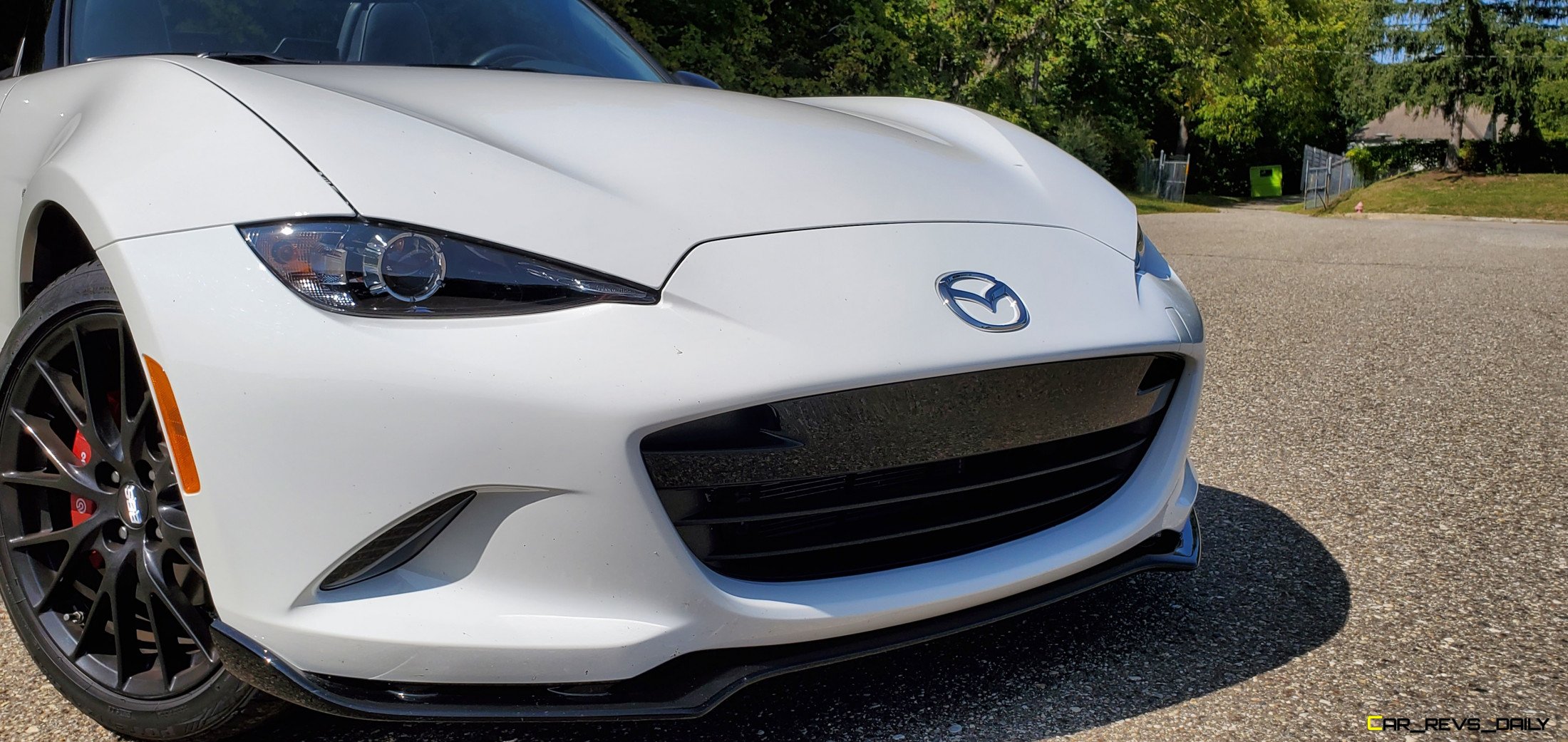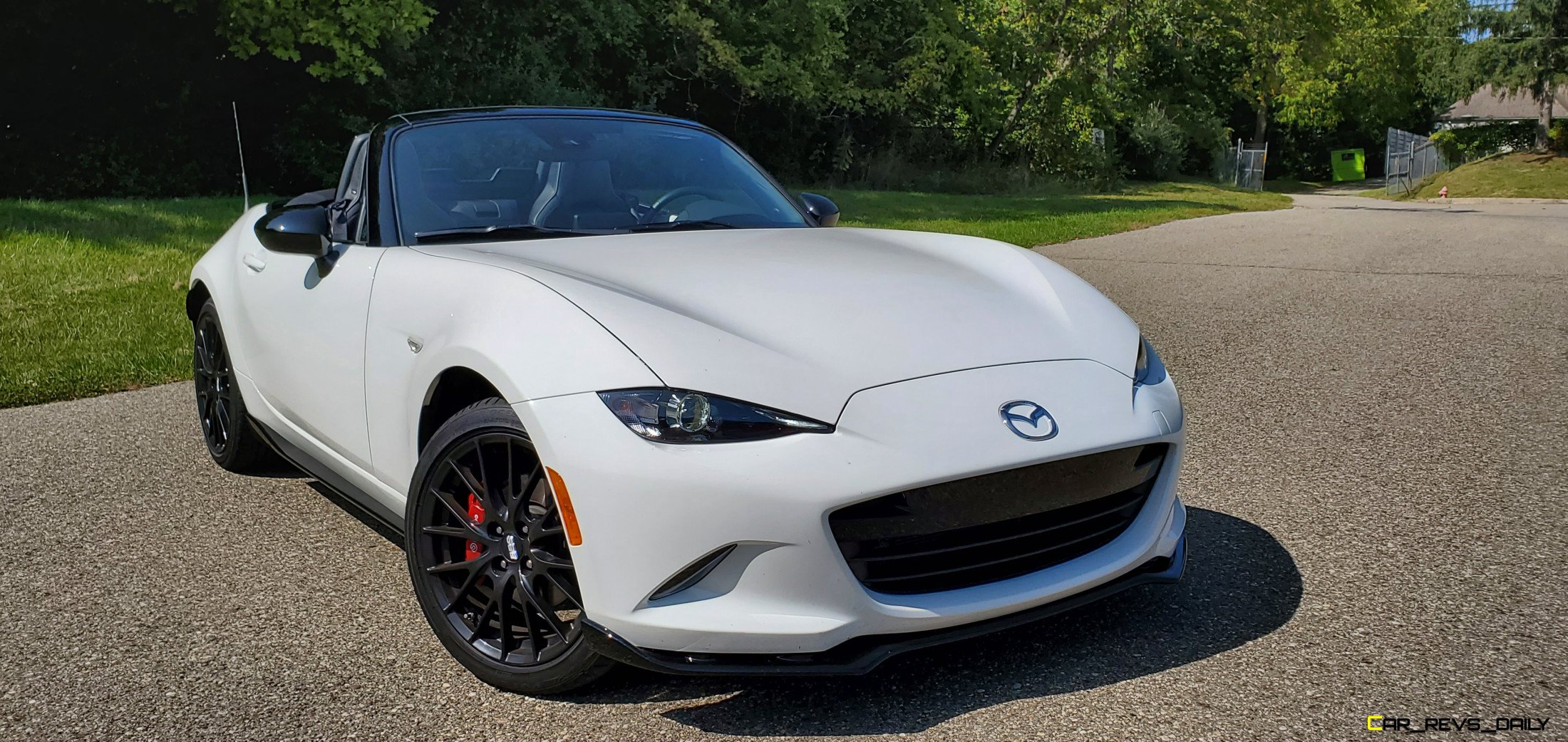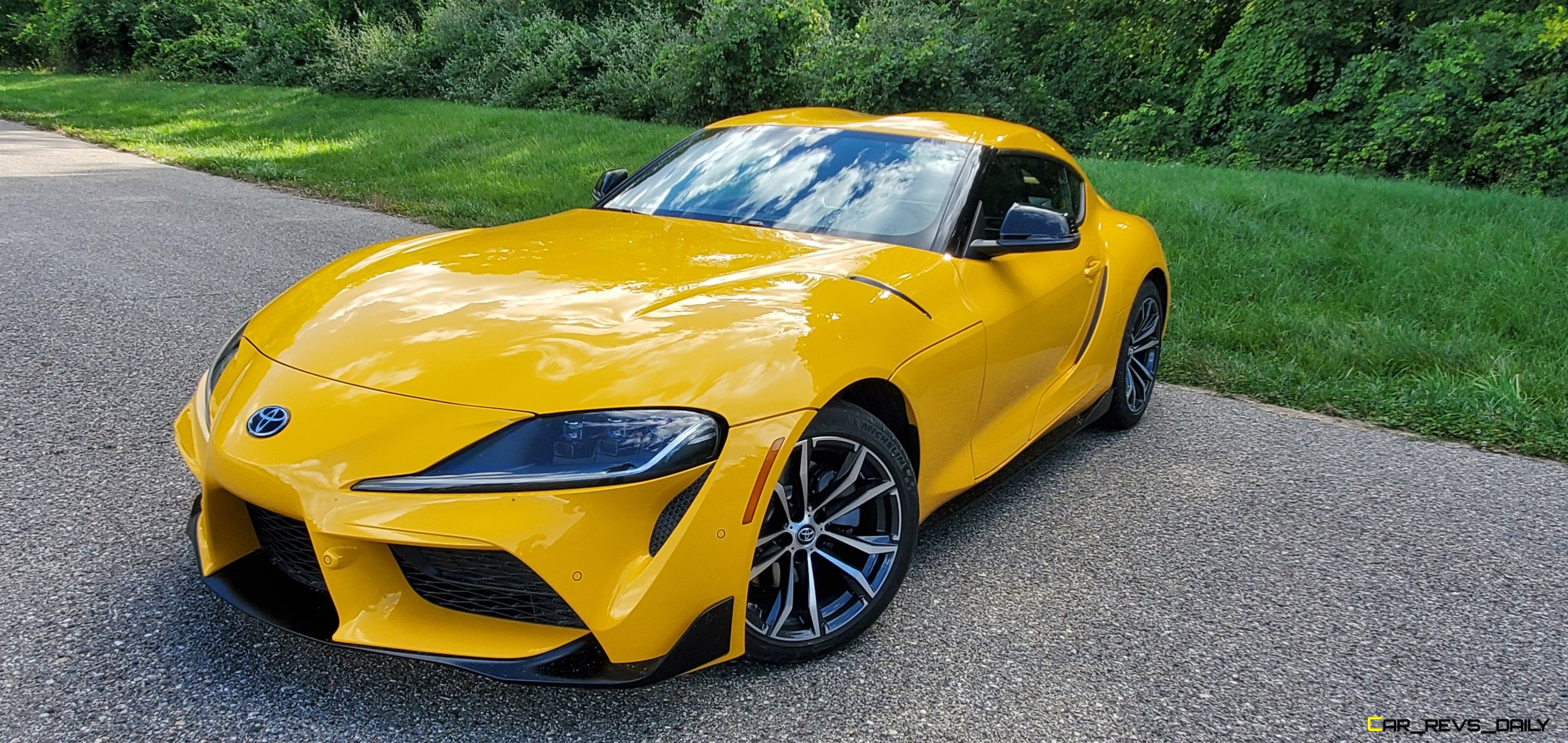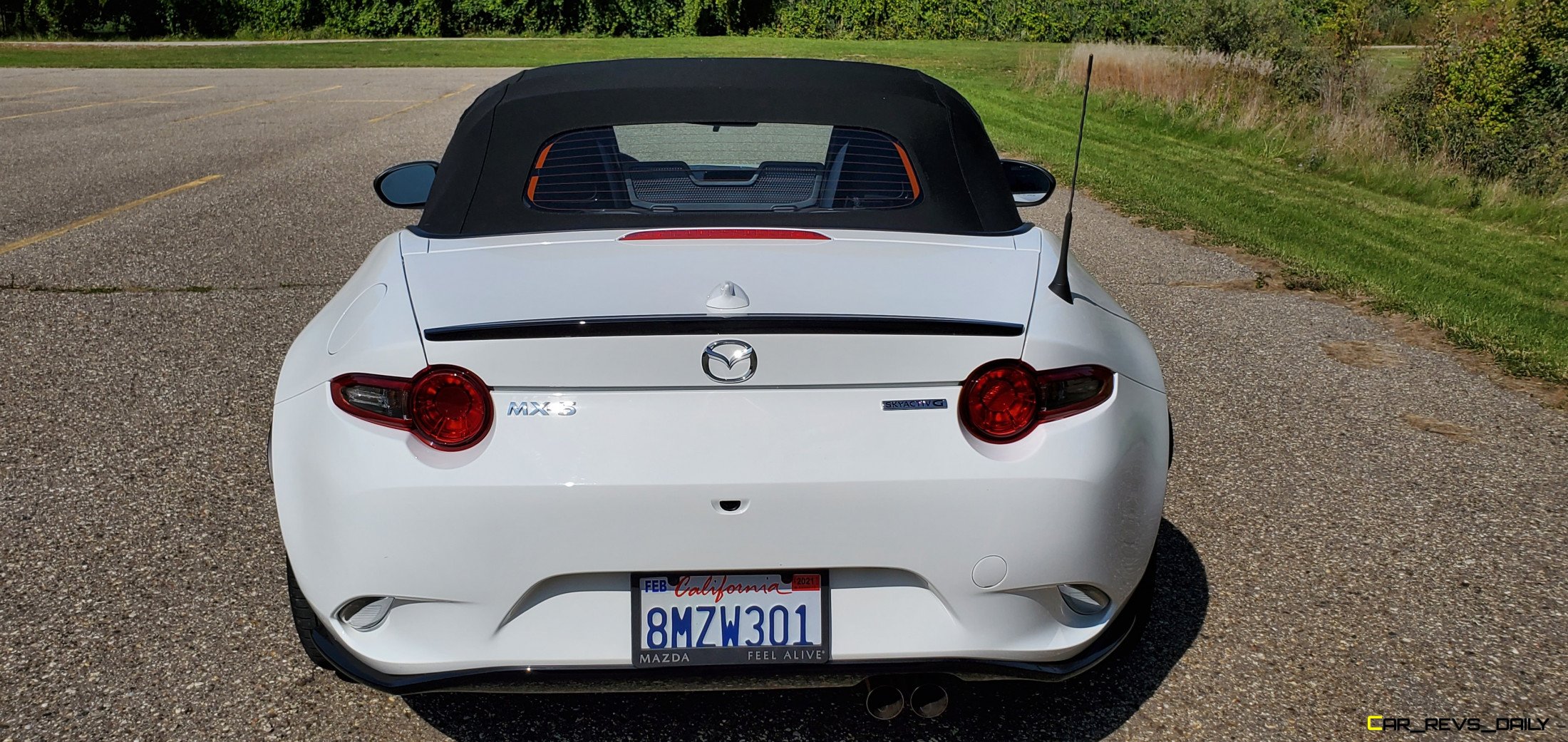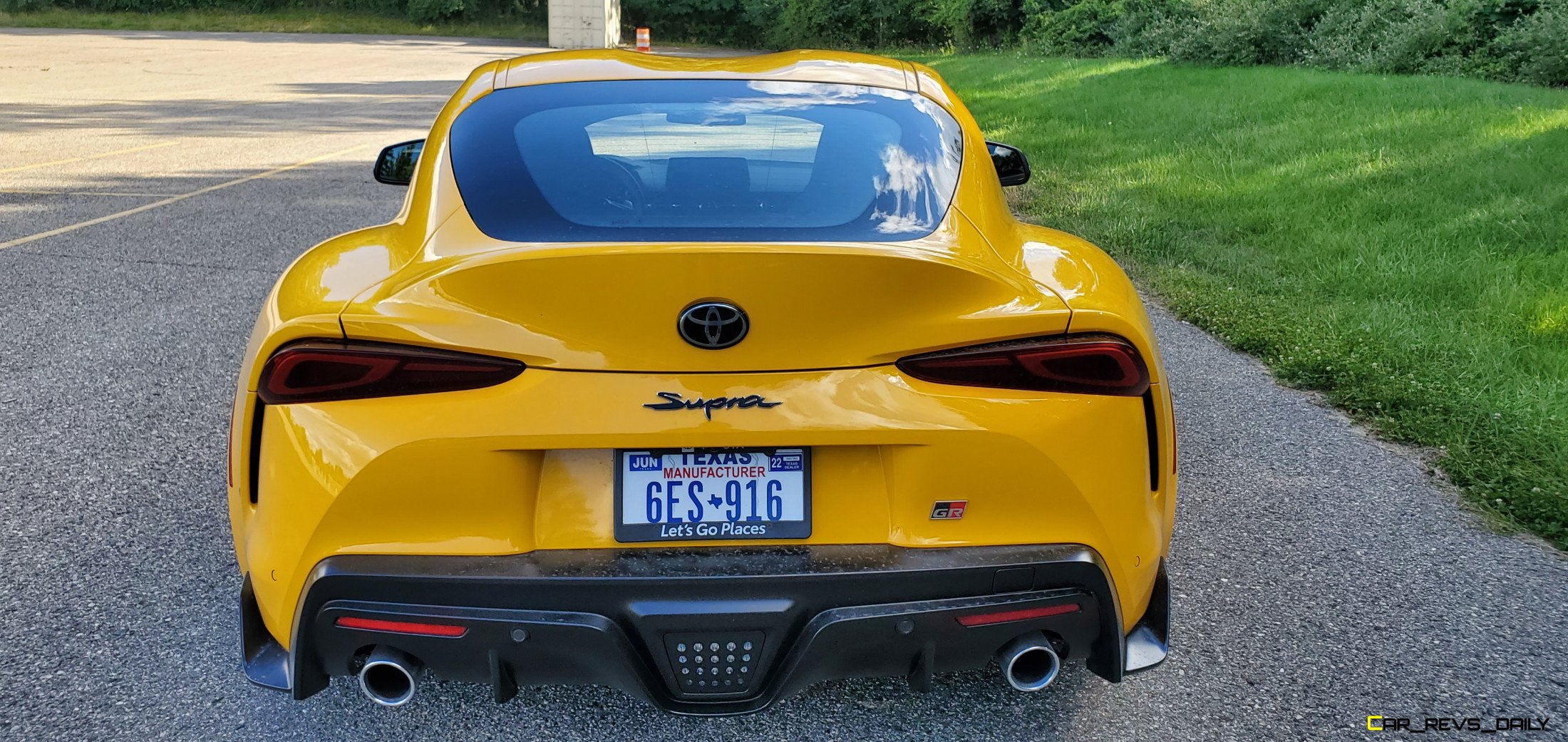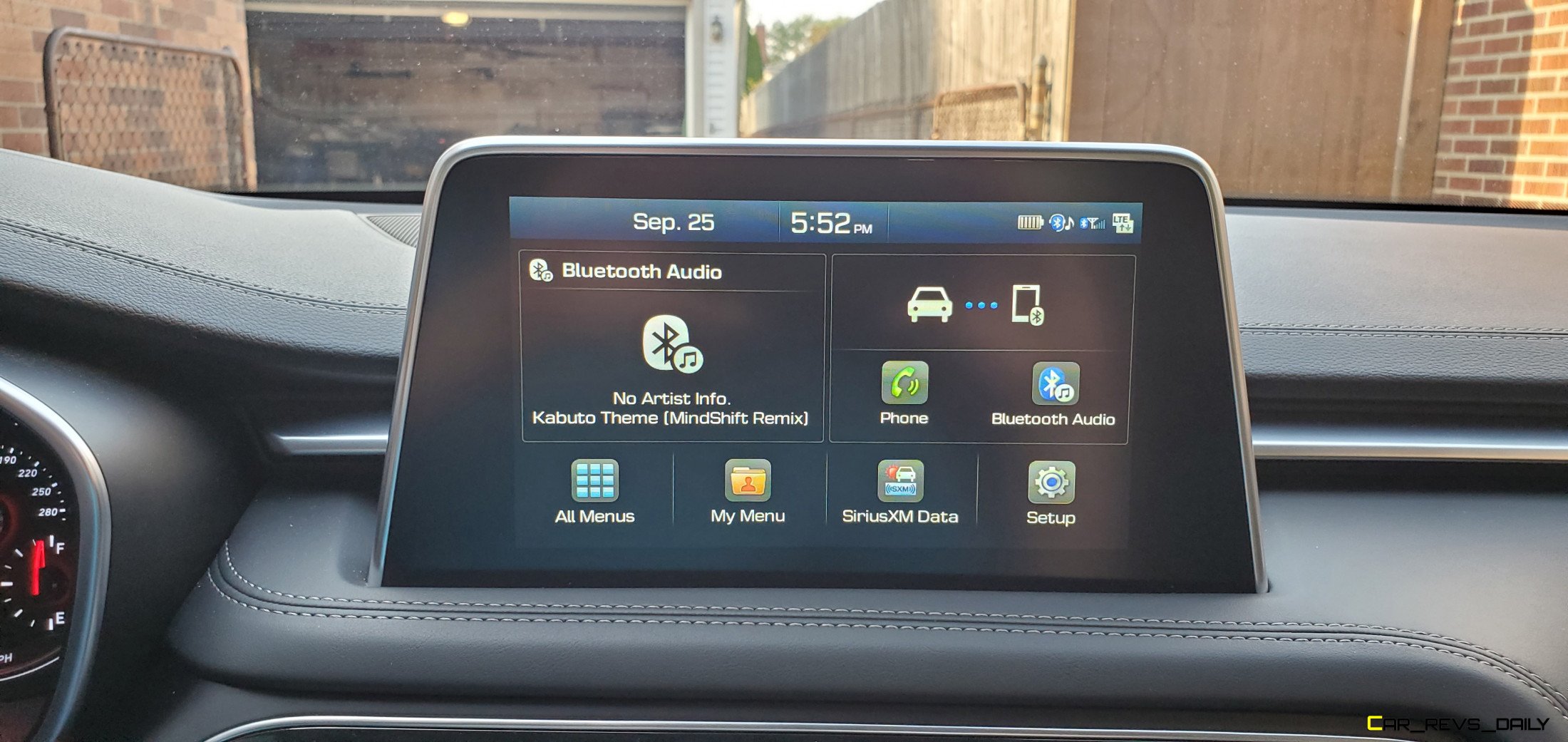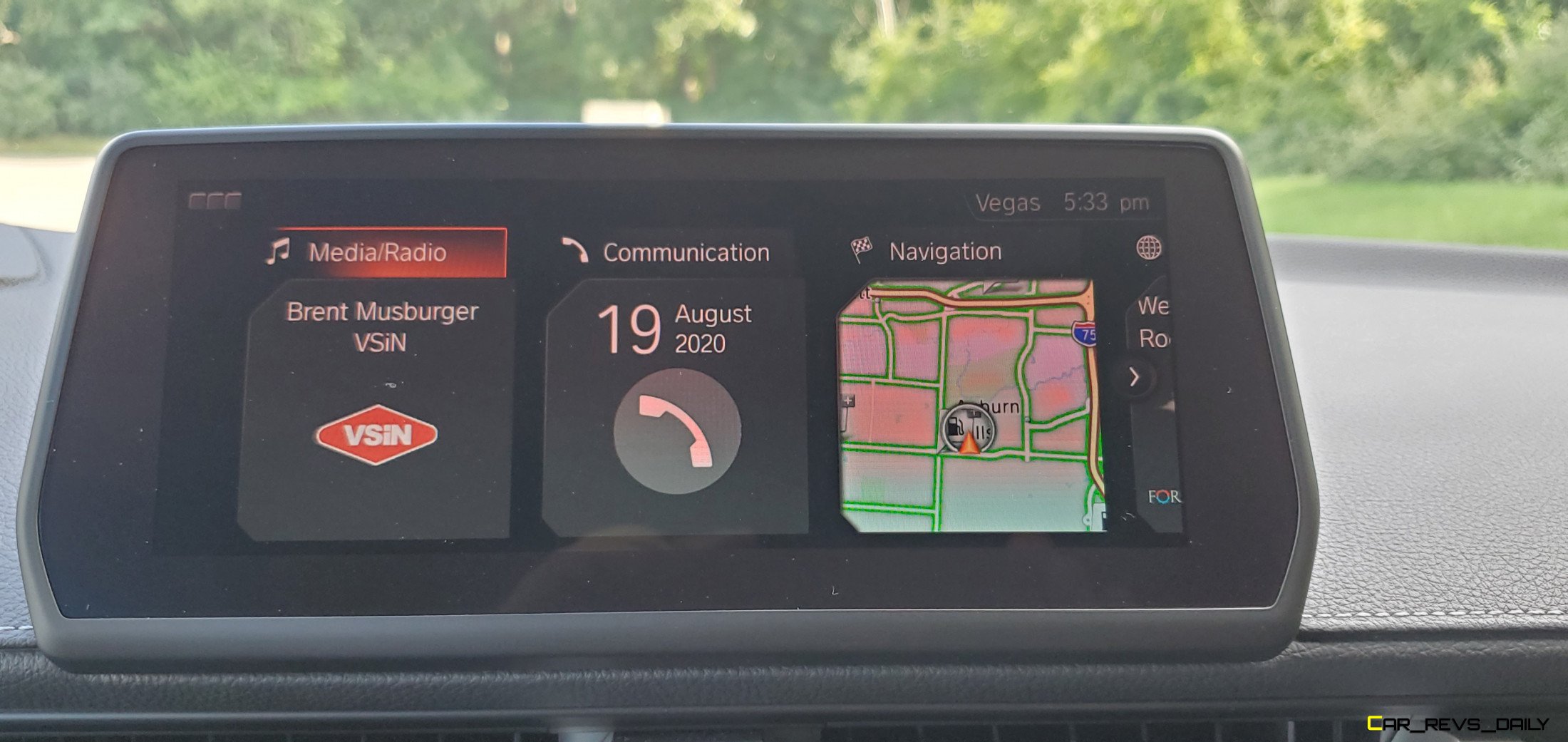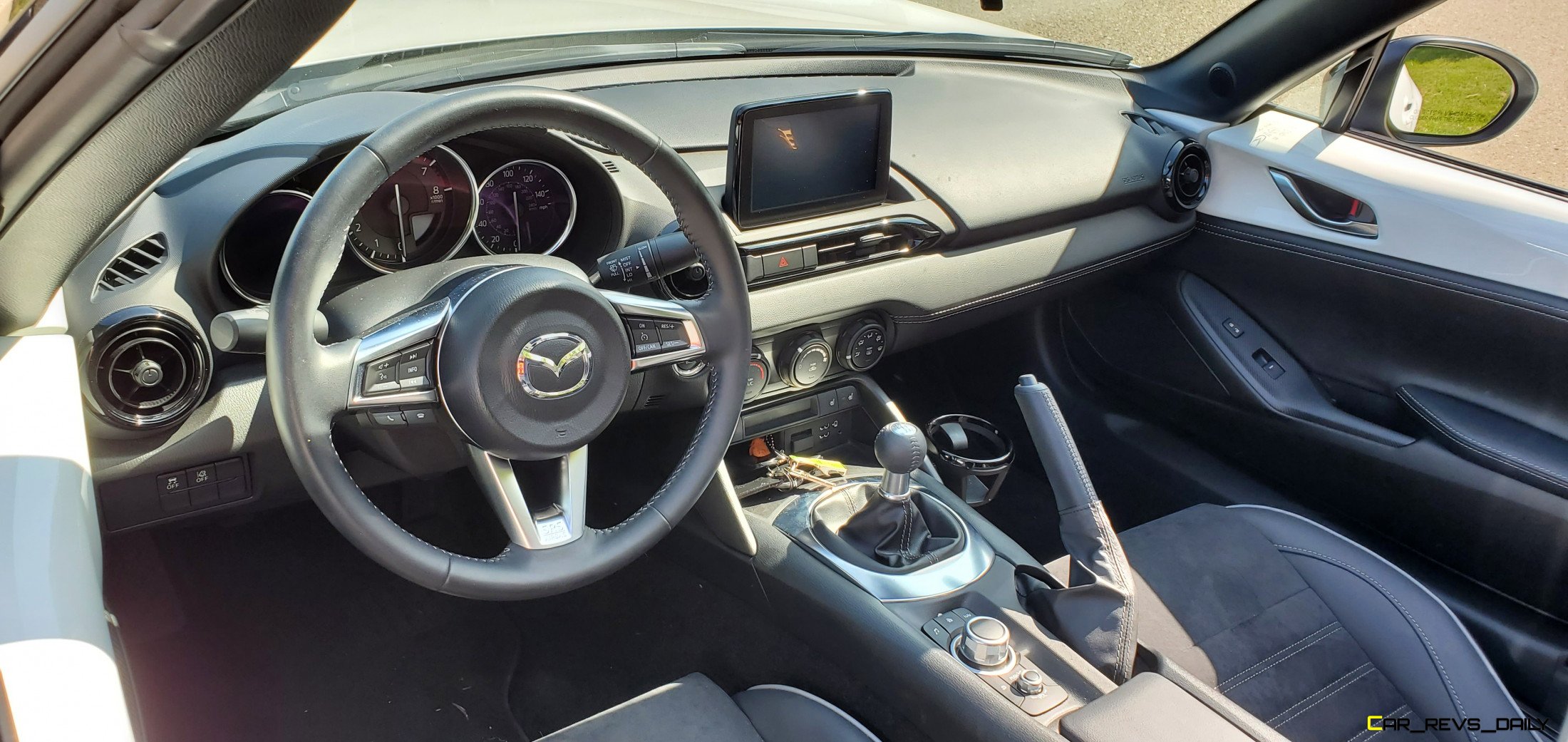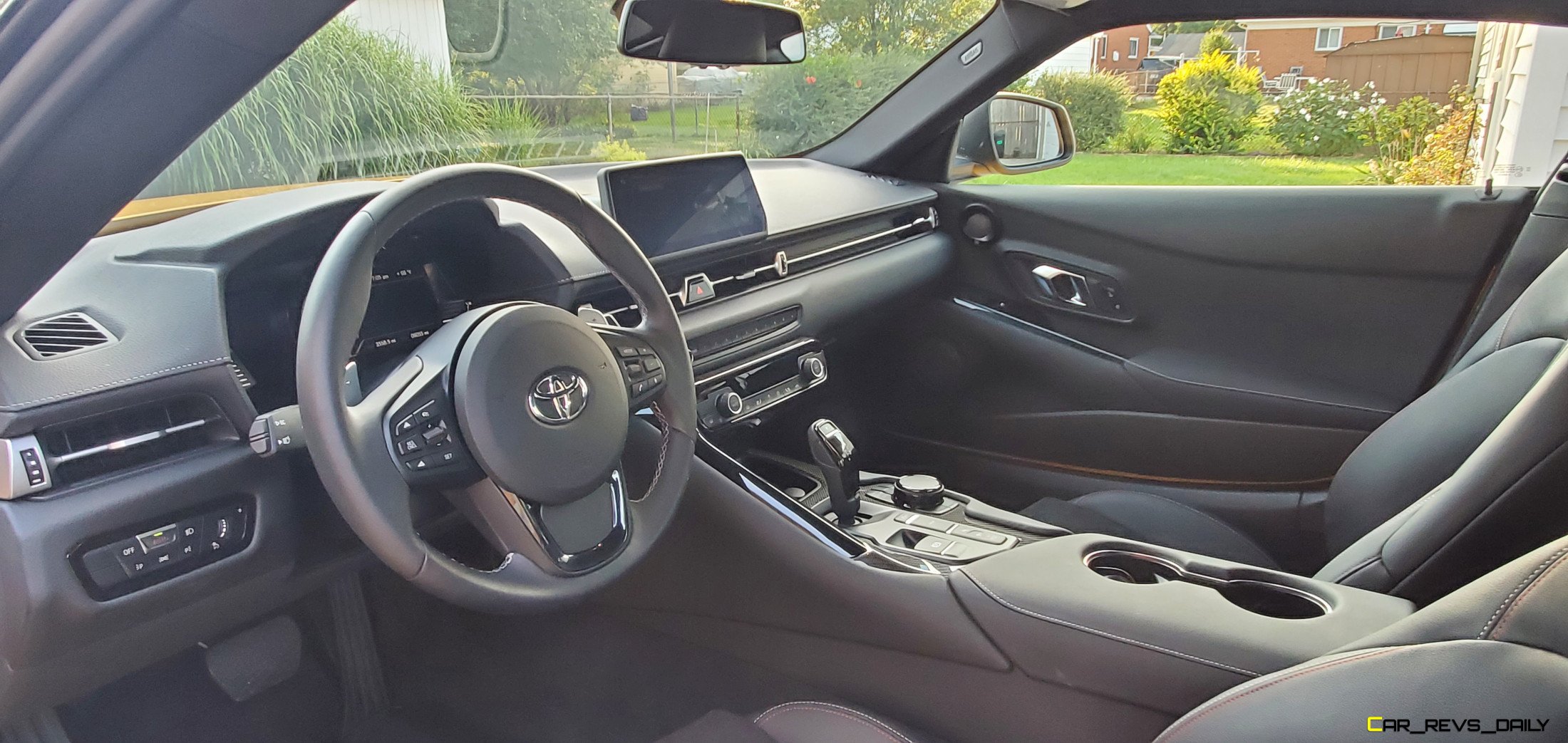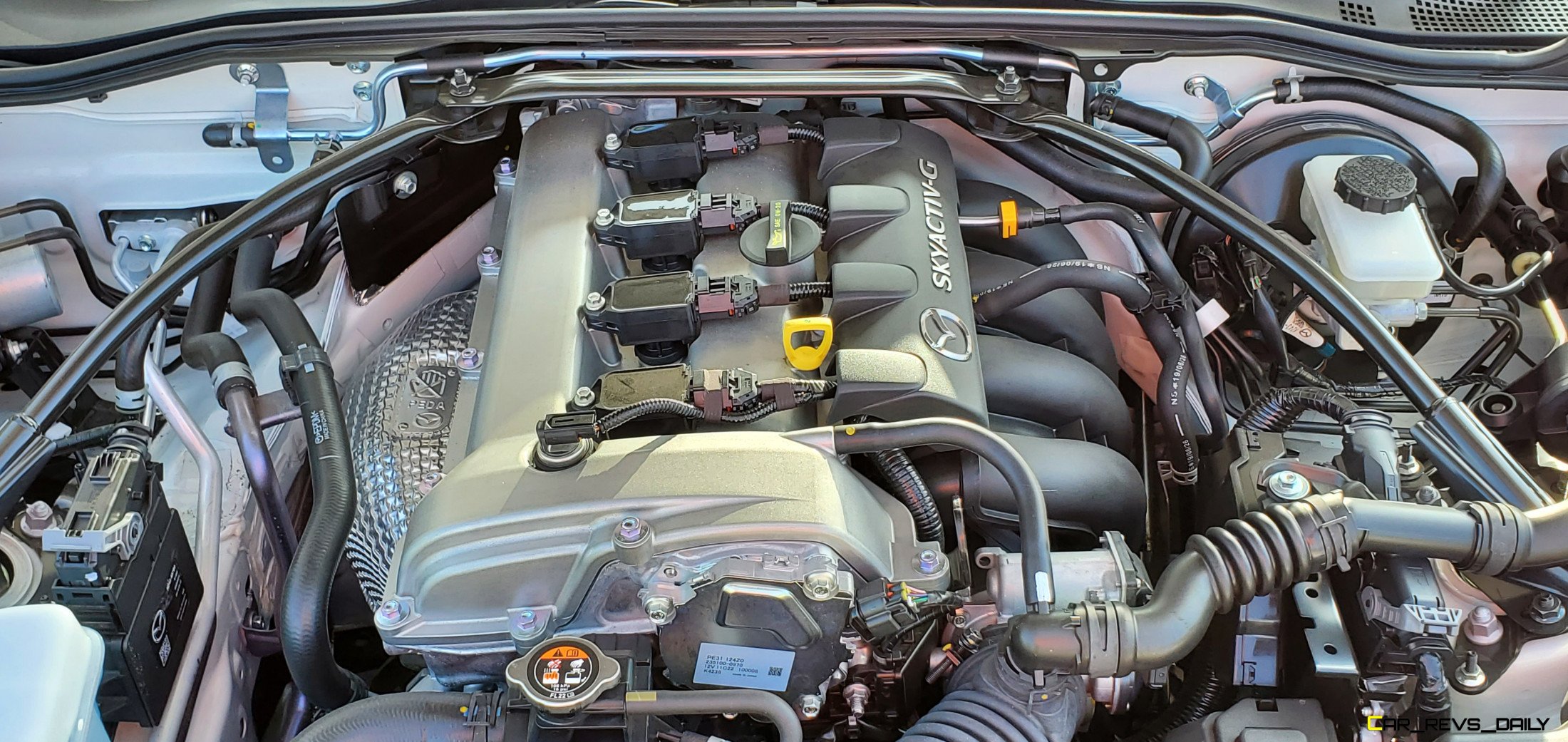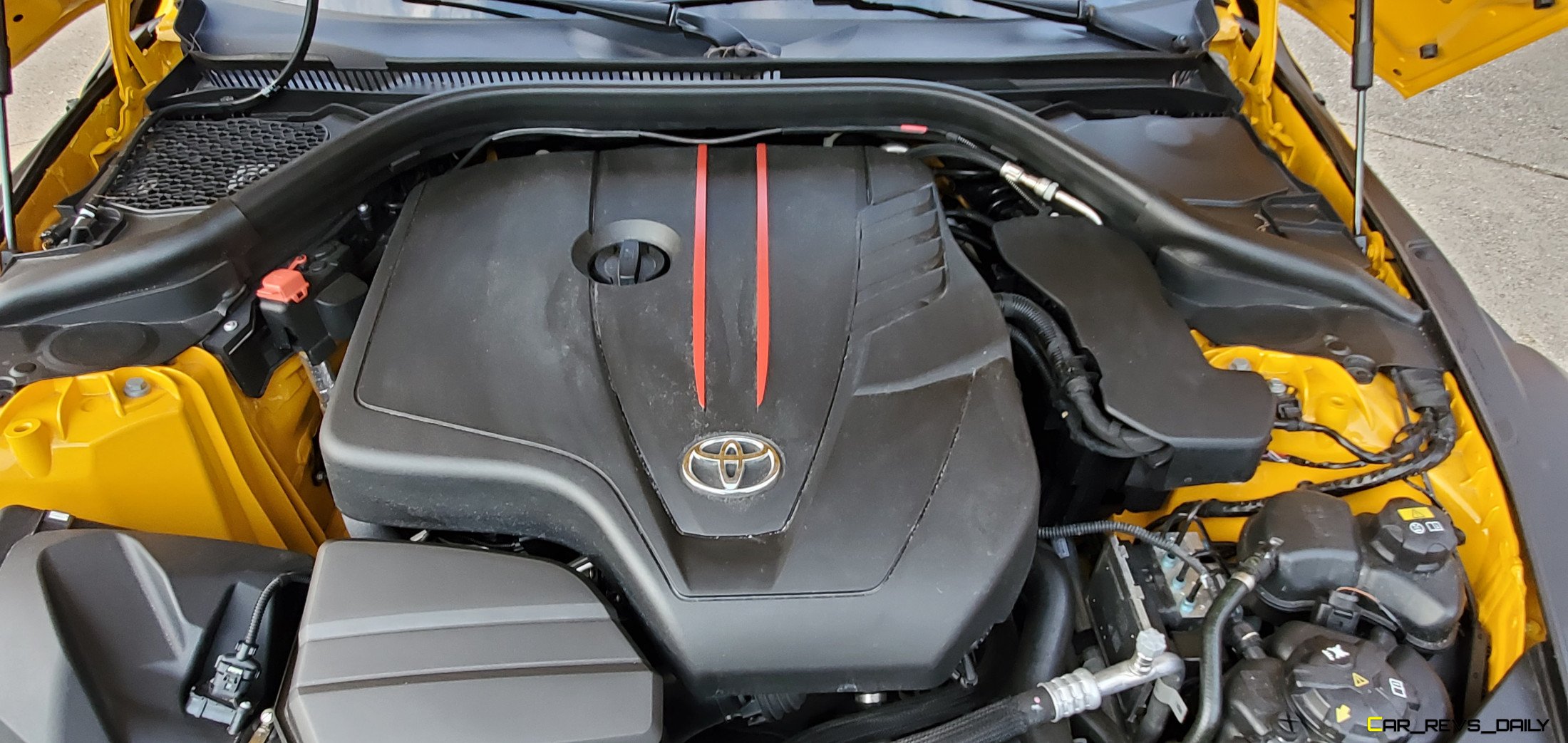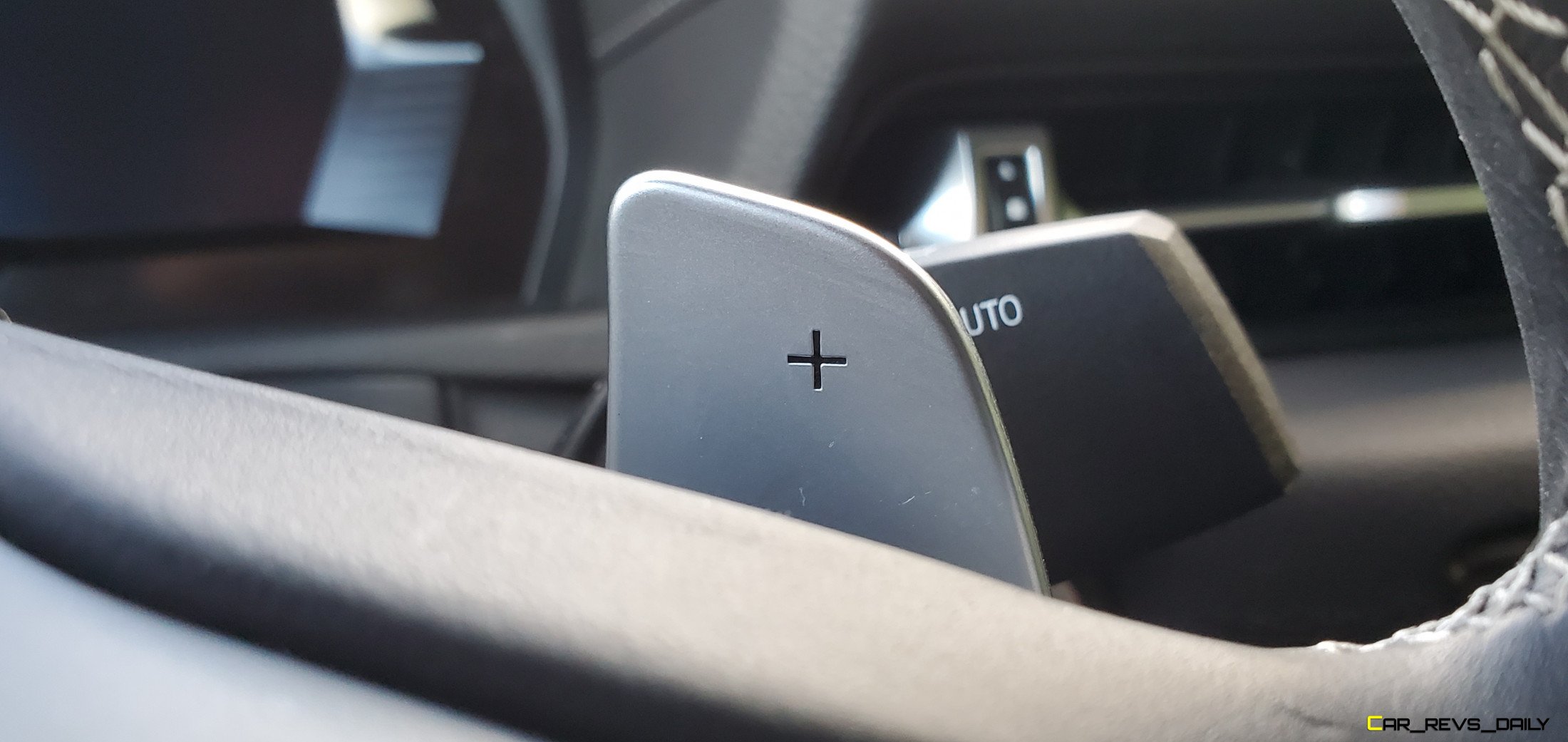The 2020 Mazda MX-5 has always been a very interesting entry for Mazda. It serves as a very budget friendly option for those looking to enter the sports car segment and it has been a value focused icon in the segment since its debut in the 1990s. During this period though the Toyota Supra was morphing into its most potent form and was a very potent performance car entry. However, volatile economic factors and currency exchange rates between the U.S. dollar and the Yen forced the Supra to take a brief respite from production while the MX-5 continued on. But with the Supra once again making its return to U.S. soil, an old question re-emerges, which one is better? To find out we asked Mazda for an MX-5 in Club and went out to see for ourselves.
A closer battle than you might realize
You might be asking how can the MX-5 possibly compete with the Toyota Supra? The answer not only lies in some of the finer details, but also some of the things that both cars are trying to achieve in their segment. Both are rear wheel drive cars with only two seats, and they can be equipped with a four cylinder engine. While it’s true that the Supra can also be equipped with a more powerful turbocharged inline six, we wanted to keep things as fair as possible, and left that model out of this particular contest.
Our Club grade MX-5 is the classic interpretation of a sports car and it still aims to bring a very potent but elegantly simple interpretation of performance to the road. The exterior styling for example is aggressive but is also balanced in a way that it does not overwhelm the eye either. The front fascia features elegantly shaped headlights and an angry mouth of a front grille that further defines its performance character. the compact side profile leads out to a simple rear end with rounded taillights and a tidy trunk mounted spoiler.
The Supra on the other hand goes about things in a far different way. The exterior styling for example looks like it was forcibly ripped from a race car with the front fascia featuring numerous vents, angles, creases, and intakes. Like the MX-5 the Supra follows the classic long hood short deck layout that is a staple thing to have in a proper sports car and allows the Supra to have a flowing profile as well. Being based on the BMW Z4, the Supra is bigger than the Miata but, while it can’t drop its top like the Mazda, the Supra makes up for it by having a much more expressive rear end with sleek taillights complimenting the dual exhaust tips. The Supra has bigger wheels too but in this particular category we preferred the Mazda’s dark BBS sourced wheels.
In the end, the Supra wins this particular round but there’s still a few more categories left, and it will be interesting to see if Mazda can indeed pull off an upset victory.
A duo of cabins built for sport and function
Both the MX-5 and the Supra also follow the classic two seat layout when it comes to their cabin designs. Both require you to pick one lucky friend to come along for the ride and interior storage is kept to a tasteful minimum. In this category the two are more evenly matched, and ultimately it comes down to which set of compromises you are willing to live with the most when it comes to enjoying either one of these speed demons on a regular basis.
In the case of the MX-5 the bulk of these compromises are found in the infotainment system. Mazda has not updated it too much over the past few years and that really shows when you try and use it out on the move. Like the iDrive based system that’s used in the Supra, the Mazda’s is operated by a prominent control knob which allows owners to access various system menus. However, unlike iDrive the software here in the Mazda is clunkier and requires users to do additional steps to perform certain functions. That includes inputting locations into the navigations system as well as selecting radio stations. Storage is also rather meager in the MX-5 with only a centrally located glovebox and the small trunk having enough room for essential materials as well as perhaps a small load of groceries and items for a light weekend trip.
The Supra’s added size does make a difference when you slip inside the cabin. Unlike the Miata there is more room to stretch out and get comfortable but you would be forgiven if you feel like you made a wrong turn ala Bugs Bunny in Albuquerque and ended up in the Z4. Look around and you will see alot of pieces that are lifted from the Z4. The steering wheel, dashboard, and even the infotainment system are all lifted from its BMW badged sibling.
While this results in a distinctively cookie cutter centric theme, it’s not all bad news for the Supra. We like the way that the steering wheel falls into the drivers hands and the manually operated sport seats offer commendable amounts of comfort. The iDrive system also uses a control knob for operation, but the software crushes the Mazda’s in sheer usability and the amount of features that you get for the money. The Supra also has a bigger amount of space in its hatch style trunk which will please buyers that want more practicality in their sports car purchase.
However, the lone wart here is that there’s nothing that makes its radically distinctive from its platform mate with only a lone Supra logo popping up at startup and the BMW logos in iDrive being swapped for Toyota badges, and a prominent one on the steering wheel. That’s a shame since Supras of old were always known for being distinct offerings inside and out and we hope that Toyota will eventually bring more of a unique identity to the interior in future updates especially with more Supra logos.
Two sides of a performance focused coin
We know that while having a comfortable interior and attention grabbing styling are certainly things that many sports car buyers look for in a purchase, it’s ultimately how they are able to enjoy the performance on hand that truly matters. Both the MX-5 and the Supra are powered by four cylinder engines, but go about things in a very different way.
The Supra we had a chance to try out was powered by a 2.0 liter turbocharged four cylinder engine which is good for 255 horsepower and 295 lb-ft of torque. These figures allow the Supra to make the sprint to 60 mph in 5.0 seconds which is not bad for a bargain focused offering. A key catch though is that no manual transmission is offered across the entire Supra model range with our tester featuring an eight speed automatic. This allows this flavor of Supra to put more of an emphasis on handling though straight line thrill seekers might be disappointed with the lack of torque in the upper reaches of the rev band.
As for the MX-5 it gets its motivation from a 2.0 liter four cylinder too, but it bucks the notion of a turbocharger and the engine is a naturally aspirated piece of simplicity. Our tester benefited from a slight increase in power with the engine good for 181 horsepower and 151 lb-ft of torque. While it lacks some of the on-demand punch wielded by the 2.0 liter in the Supra but the MX-5 has other ways to make up for it. A key one is the availability of a six-speed manual gearbox which was equipped to our tester.
This shift it yourself gem is a smooth operator and in the hands of a skilled driver, it helps the MX-5 make full use of its power. That includes a 0 to 60 time of just under 5 seconds. The MX-5 can also be equipped with an automatic (if you must) but the manual is arguably where the most fun can be had with the MX-5 and it certainly does a good job of putting a smile on anyone’s face. It doesn’t hurt either that the car can drop its top to help bring plenty of sunshine to the most demanding of weekend jaunts on local back roads.
Who Wins?
When it comes to picking a winner, the answer is not as obvious as many people will think. While the MX-5 remains the cheapest way to get into a convertible sports car, the Supra brings enough performance to justify its $46,900 sticker price. That means we have to look at whether the duo succeeds at being the complete sports car package.
When looked at in this regard, we have to award the win to the MX-5. While the Supra does bring more power and decidedly more futuristic exterior styling to the table, it’s also an incomplete presentation with the interior lacking some of the unique identity that would have made the Supra truly stand out from its BMW badged cousin. In contrast, the MX-5 manages to create a very good package inside and out. The exterior styling reflects its newfound attitude and simplicity, while the interior brings enough charm and little touches to create a fully encompassing sports car ownership experience.
The MX-5’s win here might seem like an upset victory at first glance, but sometimes the finer details matter and in this instance the Mazda simply managed to do a far better job bringing the key ingredients of a proper sports car together into a very potent elixir of driving fun and that’s all that really matters in the end.

Carl Malek has been an automotive journalist for over 10 years. First starting out as a freelance photographer before making the transition to writing during college, his work has appeared on numerous automotive forums as well as websites such as Autoshopper.com.
Carl is also a big fan of British vehicles with the bulk of his devotion going to the Morgan Motor Company as well as offerings from Lotus, MG, and Caterham. When he is not writing about automobiles, Carl enjoys spending time with his family and friends in the Metro Detroit area, as well as spending time with his adorable pets.

